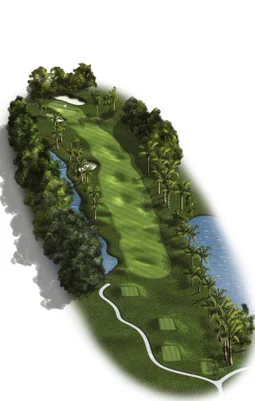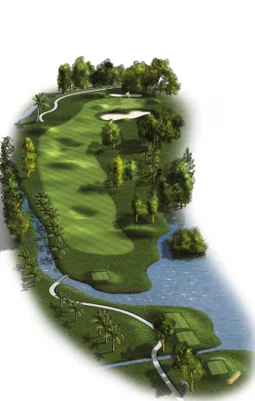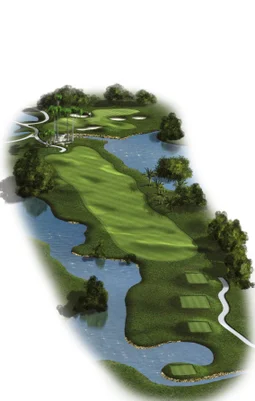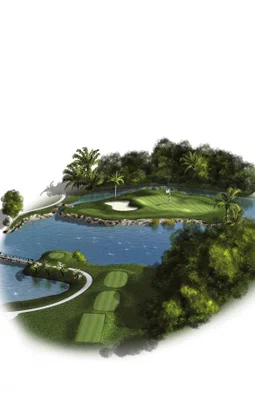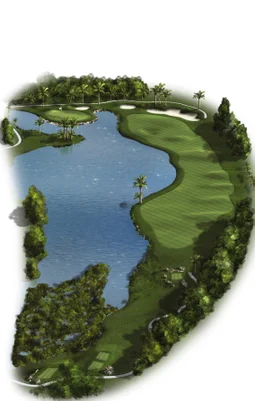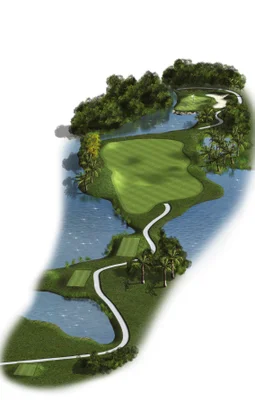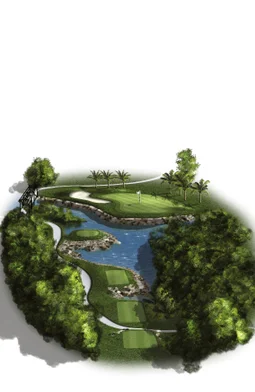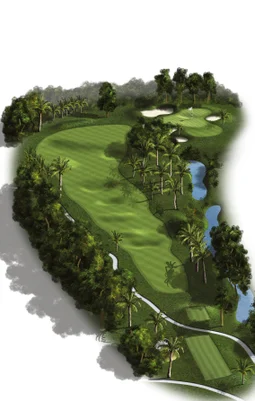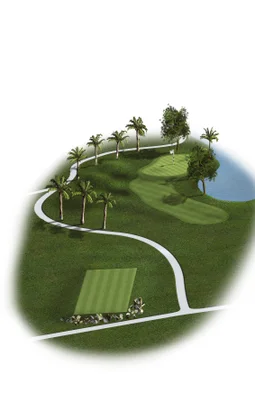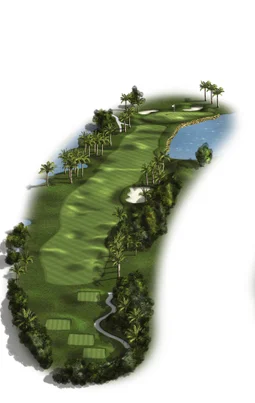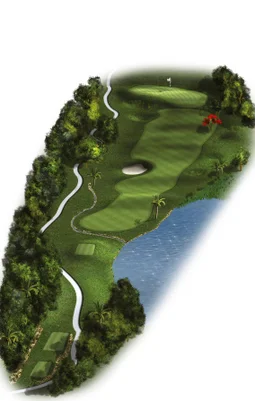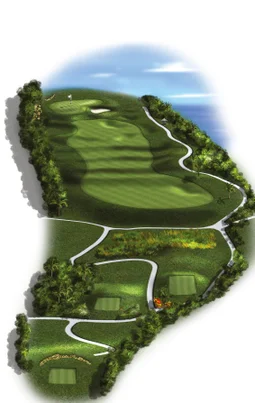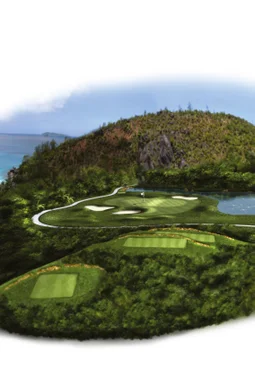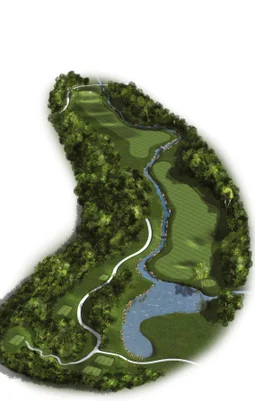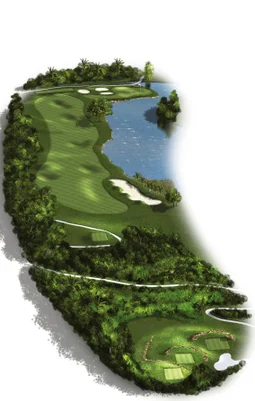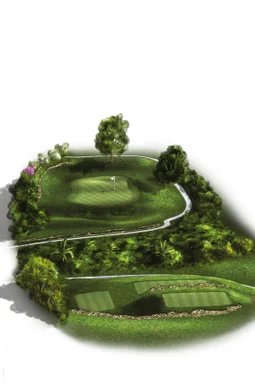Lemuria Golf Course
Since: October 2000
DNA: Par 70 covering 5,611 m
Beautifully designed by Marc Antoine Farry and Rodney Wright; Lemuria Golf Course saw the light in 2000.
With stunning terraced greens including the jaw-dropping 15th hole, golfers are in for a beautiful challenge
Lemuria Golf Course is still Seychelles' unique 18 hole golf course
Green fee is complimentary
Use of golf buggy is chargeable
Lessons available with our resident golf pros
Course Map
Holes Description
Other golf courses
Links Golf Course
Aliquam interdum consectetur arcu et pharetra. Aliquam non pulvinar velit, non facilisis tortor. In at egestas ligula.
Legend Golf Course
Sed mauris turpis, hendrerit quis ligula nec, imperdiet lacinia massa. Nullam vitae lacus tincidunt, facilisis arcu convallis, ornare sem. Vestibulum aliquam risus massa, ut luctus odio auctor eu.

